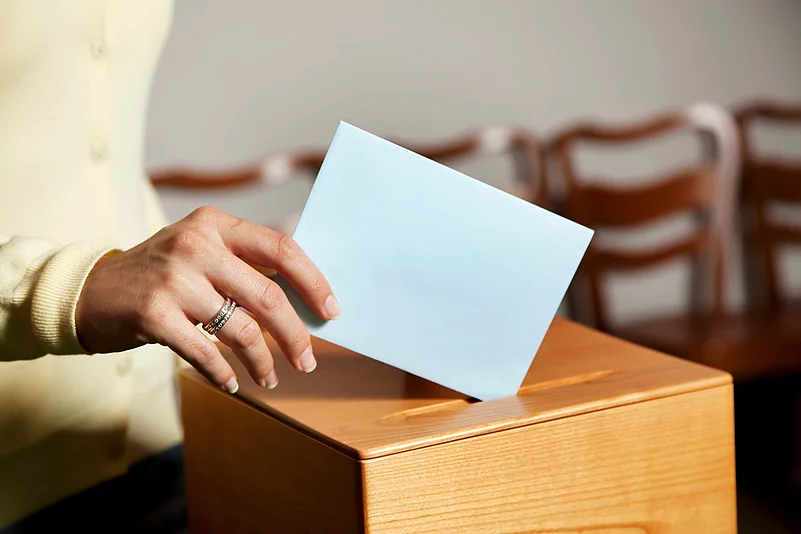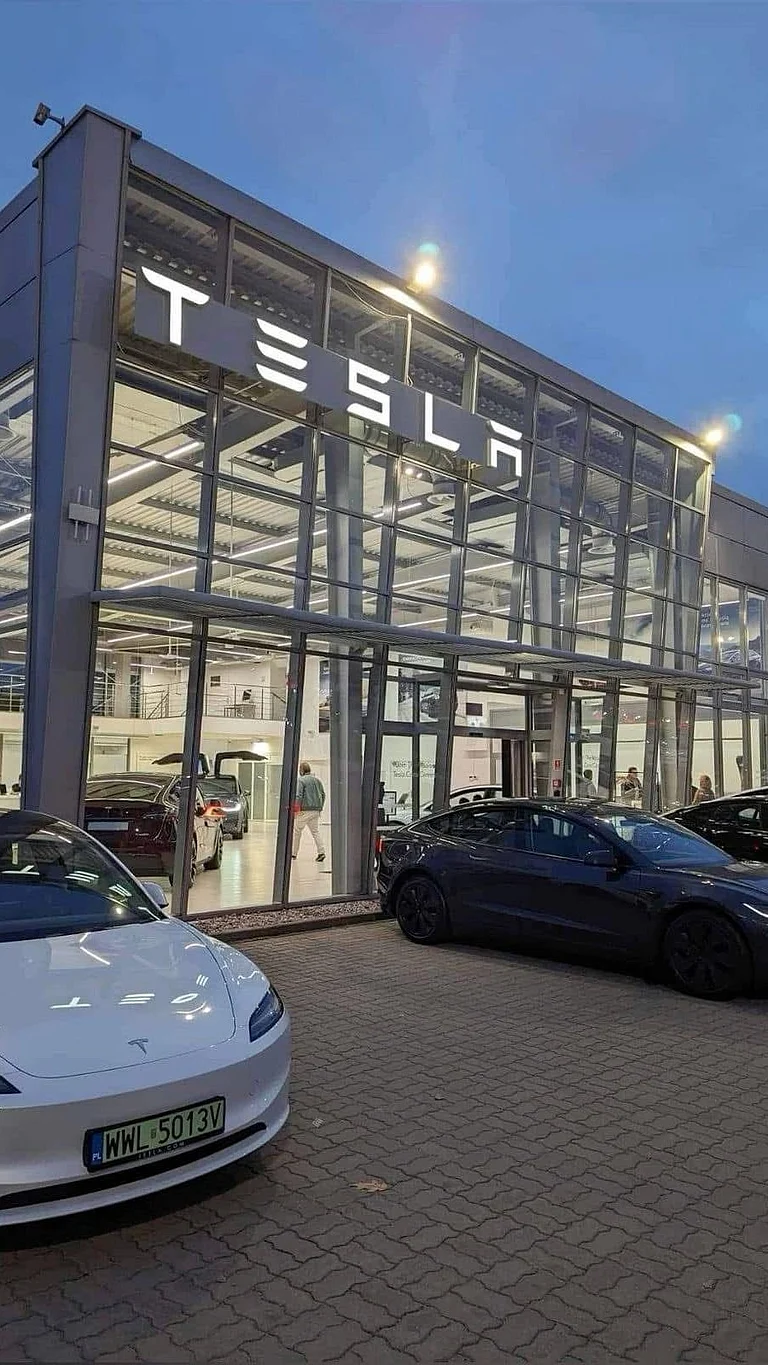The voting behaviour adopted by voters to form the government that runs the country's administration determines whether the government will rule with a majority or operate in a coalition. Before analysing this point, it is crucial to understand a fundamental truth: there is often a difference between desire and its outcome. For example, when you buy a product or service from the market, you expect guaranteed satisfaction; if not, you can quickly switch brands or get a refund.
However, the outcomes in electoral politics differ. Voters select political representatives based on their preferences, but the results can sometimes defy expectations, and voters may dislike the outcome. Unlike the market, immediate change is not possible, but in a democracy, voters have the right to vote again after a set interval, allowing for the desired changes.
Diverse voting behaviours are observed in democratic countries, depending on local needs and the backgrounds of various voter groups. Sometimes, voters adopt economic voting, where they vote to hold the elected government accountable for economic issues.
Economic voting involves electing political parties that promise to improve the country's economic conditions. For example, in the US elections, Republican candidate Donald Trump defeated the Democratic Party by adopting an "America First" policy in economic and employment matters over immigrants. However, when he failed to deliver, Trump lost the subsequent elections.
Similarly, in countries like Sri Lanka and Pakistan, where economic problems persist, a section of the public always votes for political parties advocating economic reforms. In India, we can see that during the 1990s, when the process of economic reforms was underway with the policies of Liberalization, Privatization, and Globalization, coalition governments were rapidly emerging in the country's politics, whether at the central level or at the state level.
These examples illustrate that the policies and agendas of political parties significantly influence their electoral outcomes, especially regarding the country's macroeconomics.
However, economic voting has its limitations. Since most voters are not economic experts, there is a possibility of making incorrect choices due to a misleading understanding of issues. Economic activities impact different voter groups differently. In economic voting, voters' assessments of prevailing economic policies can sometimes be incorrect. For example, in Sri Lanka, government-supported subsidy-based economic activities led to severe revenue deficits, yet initially, pro-subsidy governments succeeded in elections.
Now, due to economic crises, they are losing electoral support. Sometimes, voters prioritize various policies and vote for candidates closest to their preferences, leading to issue-based voting. Awareness of issues and the positive or negative information reaching voters play crucial roles in such voting.
This is why political parties include popular issues related to development, infrastructure, pollution, education, employment, agriculture, or health in their agendas. Issue-based voting also has limitations. Voters may lack a deep understanding of issues and vote based on their background, biases, and preferences. Voters may have diverse perspectives on an issue, leading to different opinions.
Political parties sometimes deliberately activate sensitive issues to influence voting. In India, strategic voting has been a topic of discussion. This occurs when voters are convinced that their preferred candidate has minimal chances of winning, so they vote for another candidate who is not their first choice but has a higher chance of winning and fulfills some of their preferences. In such cases, voters may vote against candidates they want to defeat.
Strategic voting occurs in every election in some form, but it is challenging to quantify. It disadvantages small political parties and candidates as voters, seeing their slim chances of winning, opt for candidates from larger parties with better winning prospects.
Alliances between political parties add new dimensions to strategic voting, often leading coalition partners not to field separate candidates for the same seat. Strategic voting also has its limitations, such as expressive voters who vote to make their presence felt, knowing their preferred candidate won’t win. Another group of voters mistakenly believes their candidate will come first or second, despite having little chance of winning. This is a cadre-based vote entirely driven by ideological preferences.
The notion that everything in life, whether tangible or intangible, comes at a cost is more than just a saying—it's rooted in the economic principle of "opportunity cost." This theory highlights the cost of what is foregone to obtain something else. When the gains from a decision surpass what was sacrificed, it is considered a win; otherwise, it’s a loss.
In recent decades, many countries that embraced democracy after colonialism have struggled to sustain it, often experiencing losses compared to the opportunity cost. Nations like Pakistan, Myanmar, Tunisia, and several smaller African countries have faced political instability, with power overthrown or military rule established.
Democracy is often deemed an expensive ideal, necessitating economic prosperity, social mobility, educational and scientific advancement. Yet, India's context presents a unique case. Since its independence from colonial rule, India has firmly established itself as the world's largest democracy. This success doesn’t imply an absence of challenges but rather indicates a self-sustaining mechanism to preserve democracy from the outset.
India's balanced constitution, universal suffrage, and fair elections have ensured that political power safeguards both affluent and disadvantaged communities, prioritizing the welfare and progress of the poorer classes. This approach minimizes the likelihood of opposition to democracy from both powerful and weaker sections.
Despite India's extensive social diversity in caste, religion, region, and language, the idea of unity in diversity, reinforced during the nationalist movements against colonial rule, has persisted. Independent India has made efforts to secure cultural autonomy for minorities, reorganizing states on linguistic lines and refraining from imposing Hindi on non-Hindi speaking states. Article 30 of the Indian Constitution grants minorities the right to manage their religious and educational institutions.
Political parties in India have emerged with diverse agendas reflecting the country's religious and caste diversity, creating spaces for political participation based on these identities. This system is evident in the distribution of tickets and the manifestos of various political parties. The caste system has found a place in democracy through reservation policies for Scheduled Castes and Tribes, providing significant representation opportunities in both the legislature and the executive.
The constitutional framework ensures a clear division of powers among the executive, legislature, and judiciary, balancing each other and preventing despotism. The state's role is mandated to be welfare-oriented, focusing on the interests of weaker, rural, and poor sections. Initiatives like the Green Revolution aimed to bring socio-economic changes for rural development, with advancements in electricity, water, roads, credit systems, labor laws, and infrastructure driving progress.
While these aspects present an ideal model for democracy's stability in India, the reality is more complex. Universal suffrage has increased the importance of numbers, often at the expense of qualitative participation, sometimes leading to the dominance of the majority and resultant conflicts. Coalition politics has occasionally hindered consensus on national and security issues. Increased caste and religious representation has heightened competition and law and order challenges.
Socio-economic inequality criteria have evolved, with crises like Naxalism and extremism persisting in several states, and urban poverty causing social unrest. Growing social and economic disparities among communities present serious challenges to democracy. Differing interests among various groups lead to conflicts, making full agreement on public interest issues difficult.
Despite these challenges, India has maintained a noticeable balance, with different groups showing flexibility in prioritizing public consensus. Strategies of adjustment and inclusion, rather than conflict, have been adopted. India's history of inclusion, integrating diverse religions, castes, groups, and classes into society, continues to advance democracy through collective efforts, creating new opportunities and hopes for inclusive progress.
We must note that many countries emerged from colonial rule in the 20th century and embarked on the path of democracy. Reviewing their progress today, many countries where democratic governance was established have not achieved transparent stability. However, India’s democracy is not only functioning robustly but is also progressing with its full diversity. People of diverse castes, religions, ethnicities, languages, and cultures live together in India.
This is why the multi-party political system is successful here, and voters participate in the democratic process by aligning with political parties based on their preferences. Thus, the voters of diverse India know the puzzle of voting better and decide whom to vote for.
(The author is a scholar and practitioner of election management. Views expressed are personal.)

























